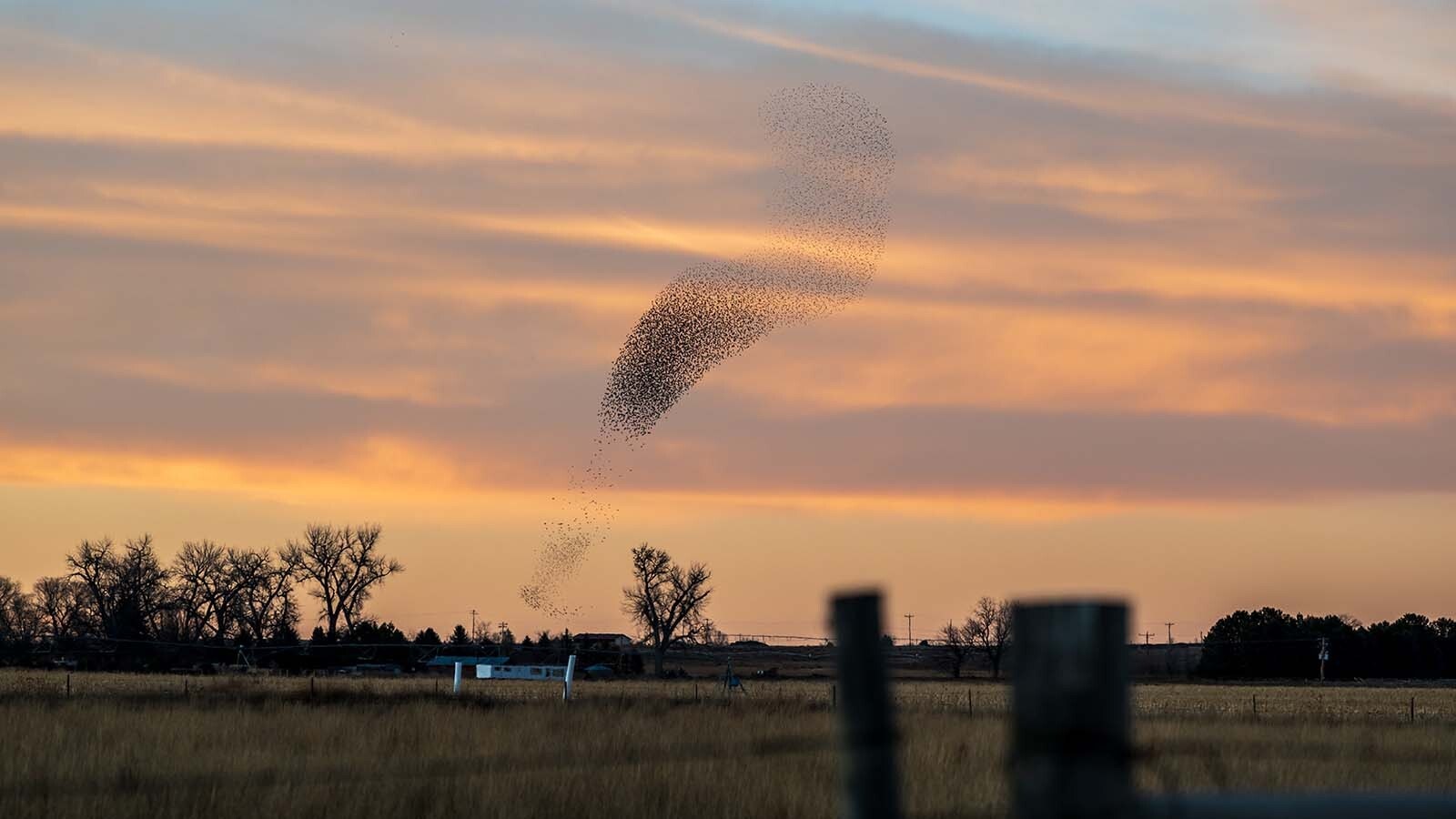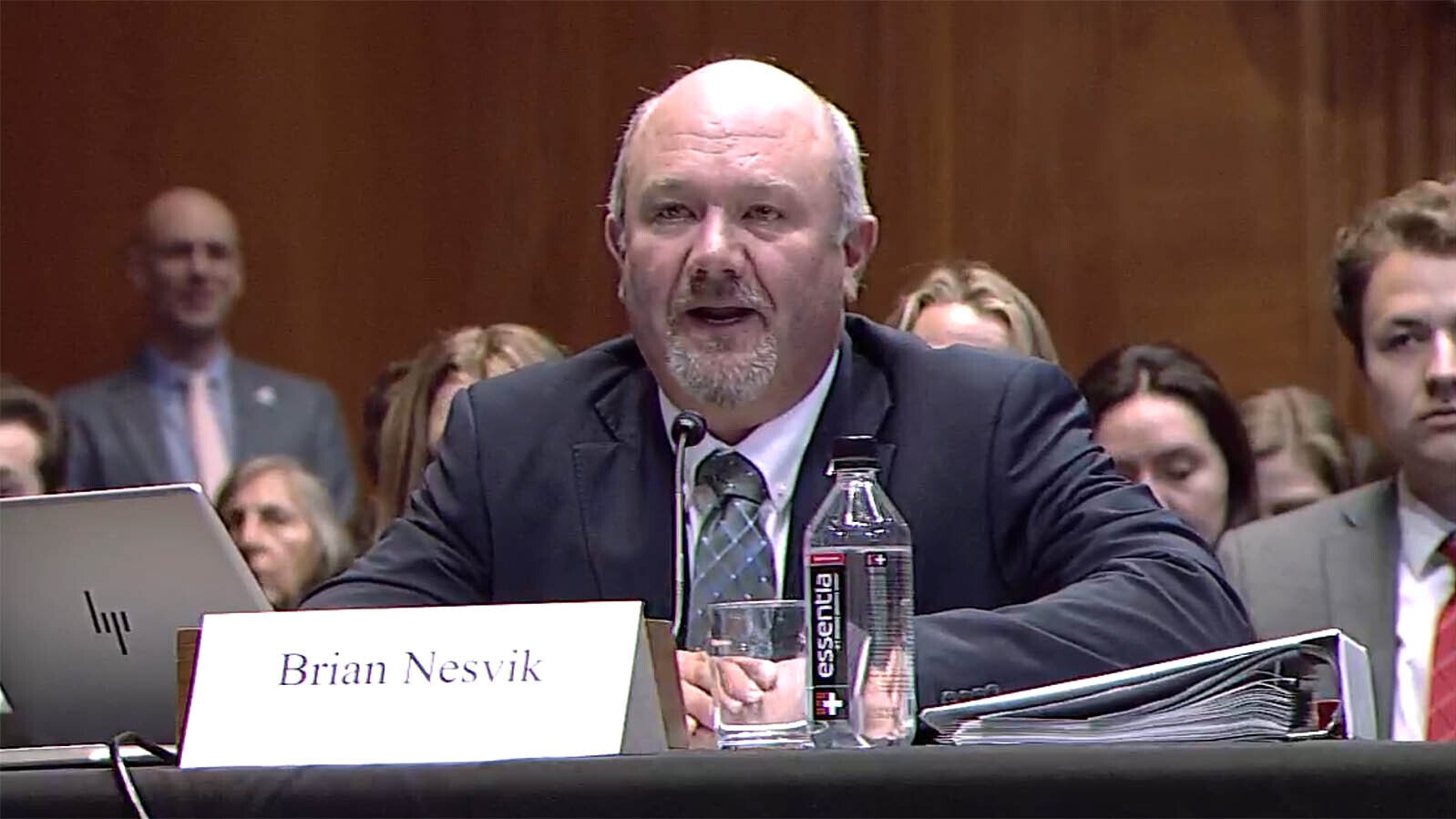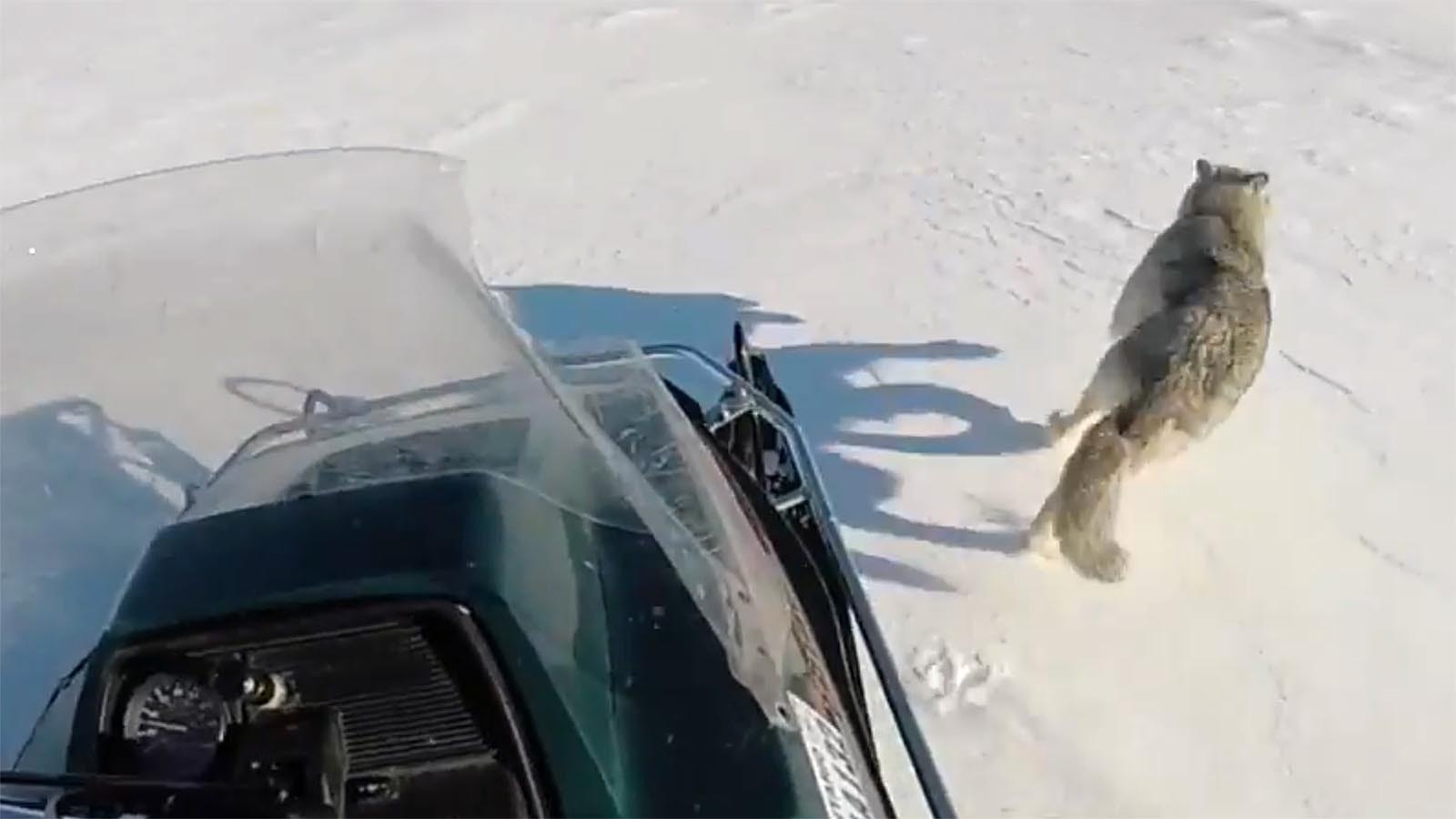If a certain Wyoming mule deer doe could talk, she’d have an incredible survival story to tell about how she just barely escaped the catastrophic Elk Fire. She has the burn marks to prove it.
What’s more, the doe also managed to get her 5-6 month-old twin fawns out, unscathed.
What Are Those Dark Spots?
From his rural home near Sheridan, Dave Paullin has had a front-row seat to the Elk Fire, raging along the face of the Bighorn Mountains just a few miles away. It's burned more than 92,000 acres so far.
He is also used to having wildlife on his property, including both of Wyoming’s deer species, whitetails and mule deer.
But on Oct. 7, three mule deer showed up that he hadn’t seen before – a doe with twin fawns. The doe had nasty-looking black splotches across her right flank.
Paullin called the local Wyoming Game and Fish office, and they told him to keep an eye on the doe. There was concern that the discolored spots on the deer could indicate a wildlife disease outbreak.
But after getting a better look at the doe through his binoculars, Paullin recognized what the black marks were – burnt patches of hair.
“I think that it’s rare that you can encounter evidence of fire’s impacts on wildlife. You can find burnt, dead animals out in the brush afterward. But here is one that wasn’t a fatality, but was still a casualty of the fire,” he said.
He surmised what had happened. On the awful night of Oct. 5, the Elk Fire made an explosive eight-mile run, pushed by 50 mph winds.
Paullin speculated that the doe must have just managed to outrun it while also getting her fawns out in front of her, he said.
A Terrible Night
The Elk Fire has put locals on edge for weeks, but the night of Oct. 5 and into the morning was especially bad, Paullin said. That’s when the fire started roaring in his direction.
“I heard that the winds were up to 50 mph, and the advancing firewall was incredible,” he said, as it pushed a “blow torch of flying embers.”
He doesn’t know exactly where the doe and her fawns got caught up in the firestorm, but it must have been a close call for them.
“I believe this doe ran perpendicular to the advancing firewall and was sprayed, side-swiped, by a shower of flaming embers on her right flank. As she ran, the wind fanned those embers and burned spots in her hair,” he said.

Deer Look Happy, Healthy
Despite her deeply-singed fur, the doe doesn’t appear to be in pain, Paullin said.
“She looks fat and healthy and is eating well,” he said.
And her fawns are thriving.
“They don’t have a mark on them. They’re alert, frisky, bouncing around, acting like fawns,” Paullin said.
However, it’s likely that many wild animals weren’t so lucky on the night of the firestorm.
“You would hope that large mobile animals like deer and elk are fast enough to avoid serious injury or death, but clearly here is an example of a mule deer who on the one hand was lucky, but on the other hand, not so lucky,” he said.
“Other critters that are less mobile – porcupines, cottontail rabbits, etcetera, probably did not fare too well. It is nearly impossible to outrun a wildfire being pushed by 50 mph winds,” Paullin added.
Earlier this month, other Sheridan- area residents spotted a large herd of elk bailing down out of the mountains ahead of the flames. It’s hoped the elk will have plentiful forage in the lowlands to get them through winter.

Welcome Guests
Though the Elk Fire continues to grow, from Paullin’s vantage point, it seems to be burning with less intensity. And he credits diligent firefighting crews for that.
“Using controlled prescribed burns to contain the main fire, they’re walking it along the face of the mountains, trying to keep the fire intensity low. Because if you have a slow, low-intensity fire, you can burn off a lot of the dead fuel without taking out the live, healthy trees,” he said.
As for the doe and her fawns, Paullin said they’re welcome guests on his property for as long they wish to linger.
“I think she got displaced, found the groceries here on my property to be to her liking and decided to stay,” he said.
Mark Heinz can be reached at mark@cowboystatedaily.com.





